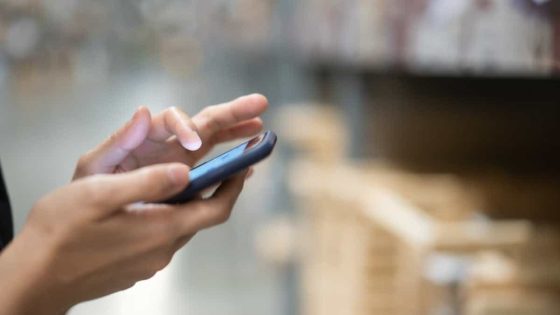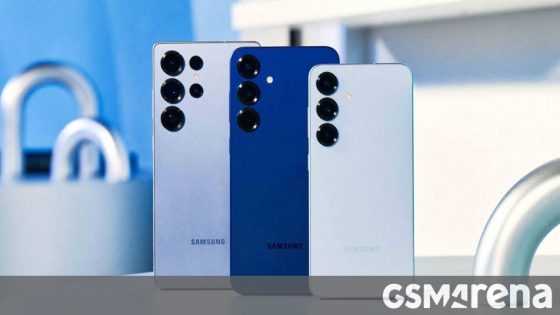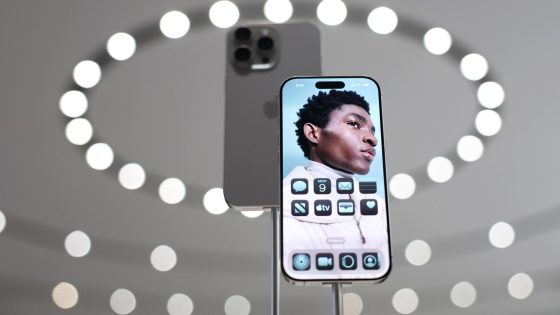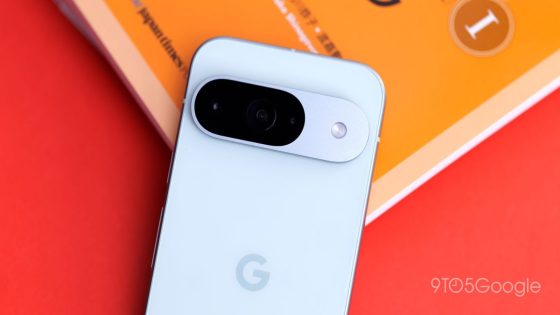Have you ever wondered why your smartphone rarely appears in your dreams? A new study reveals intriguing insights into our subconscious relationship with technology. As we navigate our digital lives, understanding this phenomenon could change how we view our devices and their impact on our mental well-being.
- Smartphones rarely appear in dreams.
- Emotional disconnect influences dream content.
- Subconscious prioritizes real-world experiences.
- Future generations may dream of technology.
- Managing digital habits enhances mental well-being.
- Disconnecting from devices improves life experiences.
Why Are Smartphones Rarely Seen in Our Dreams?
Have you ever noticed the absence of your smartphone in your dreams? This phenomenon could reveal deeper insights into our relationship with technology. The study highlights that only a small percentage of adults report dreaming about their devices, despite their constant presence in our daily lives.
Exploring the Reasons Behind Smartphone Absence in Dreams
Several theories attempt to explain why smartphones are rarely present in our dreams. Here are some key ideas:
- Generational influences may shape dream content, with older adults less likely to dream about smartphones.
- Emotional connections to devices may be weaker than those to people and experiences.
- Our subconscious could be filtering out everyday objects, focusing on more meaningful elements.
- Rapid technological changes might prevent stable mental images of smartphones from forming in our dreams.
The Psychological Impact of Technology on Our Dreams
The absence of smartphones in dreams can provide insights into our psychological relationship with technology. It suggests that our minds prioritize emotional experiences over digital interactions. This could mean that our dreams reflect our deeper emotional connections rather than our dependence on devices.
Future Trends: How Technology May Shape Our Dreams
As technology evolves, our relationship with smartphones may change. Future generations, who grow up with these devices, might incorporate them into their dreams more frequently. Additionally, emerging technologies like augmented reality (AR) could further bridge the gap between our digital and dream worlds.
Strategies for Balancing Digital Use and Dream Quality
To enhance our dream experiences, consider these strategies:
- Regularly disconnect from devices to reinforce boundaries between digital and physical worlds.
- Be intentional about smartphone use to enrich real-world interactions.
- Keep a dream journal to explore how technology affects your subconscious.
- Engage in offline activities to diversify dream content.
In conclusion, the rarity of smartphones in our dreams offers a fascinating look at our complex relationship with technology. By understanding this disconnect, we can better manage our digital habits and enhance both our waking and dreaming lives.
































